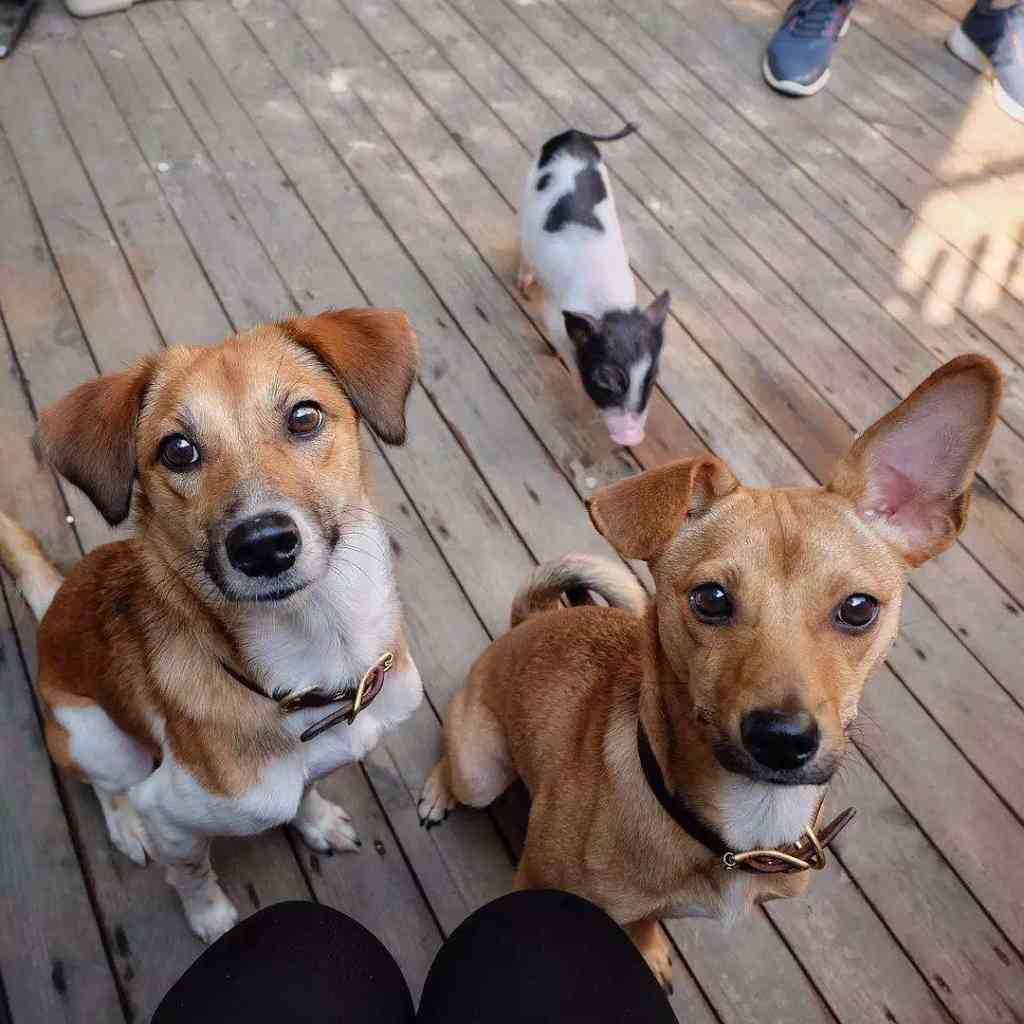 What is the best food for a Castro? Do you also want to know what is better for a Castro dog to eat? Then the following small beans for everyone to introduce the Castro dog to eat what dog food is good!
What is the best food for a Castro? Do you also want to know what is better for a Castro dog to eat? Then the following small beans for everyone to introduce the Castro dog to eat what dog food is good!What is the best dog food for a Castro?
No cold food.
eat small, frequent meals (idiom); to maximize one’s diet
2-3 months: 4 times a day, 7 a.m., 12 p.m., 5 p.m. and 10 p.m.
4-7 months: 3 times a day, morning, noon and evening
8-12 months: 2 times a day
After 1 year old:Regular feeding, 1 time per day
*Puppies should not be too full at each meal, 7-8 servings is fine.
The exact amount (wet food) is roughly half the size of its head
*Feed more protein-rich, easily digestible foods.
such as cooked chicken, beef, animal liver, egg yolks, baby rice flour.
The smaller the food, the thinner it should be
* Don’t change your food easily, fix your food, and don’t feed snacks on a regular basis, so you won’t be messing around outside
Types of food to feed your Castro
1. Food preparation
Principle: “Meat and Vegetables”
(1) Meat is indispensable, slightly cooked
(2) Never give meat only, which can lead to an imbalance of acidity in the dog’s body
Performance:The dog suddenly likes to wander in front of the feces or eat grass abnormally.
Solution: Add trace amounts of sodium bicarbonate (baking soda) to drinking water or add enough plant-based ingredients to recipes.
Dogs’ intestines are not well suited to digesting fiber-rich plants, so use roots and tubers like carrots, potatoes, and groundnuts
(3) Using only cereals (rice, porridge, dumplings, etc.) as food: the actual calorific value of absorbed nutrients is insufficient
Solution: Use meat soup with grains
Regular supplements of calcium and yeast to aid digestion
Periodic administration of fats, egg yolks and trace amounts of salt
(4) Don’t feed unusual things like.
Mollusks and Crustaceans of the Deep Sea.
Octopus, squid, squid, shrimp, crab, shellfish, and all kinds of fish are also kept to a minimum
Vegetables with a pungent flavor: onions, chili peppers, peppers, leeks, garlic
Foods that are too hot or too cold.
Cold milk (causes diarrhea) Ideal temperature is close to the dog’s body temperature
Condiments: sugar, soy sauce, mustard, too much salt
Chocolate, cream cakes, fried foods and most leftovers
(5) Handling food
Any long animal bone thinner than a pencil (e.g., chicken bone, rabbit tibia, fish bone)
No food at all.
Fiber-rich foods should be well chopped and mashed
Large pieces of food should be cut into smaller pieces
Avoid unclean and spoiled foods
(6) Don’t feed your dog with food from the table, as it will develop a habit of begging for food, which will lead to picky eating.
Condiments can impair a dog’s appetite
(7) Food preparation process notes.
Cook the pasta separately from the meat and vegetables, and mix it later.
Maintaining nutrition as the main focus, with taste as a secondary concern
Don’t wash the rice too much, don’t cook the meat too much
Feed now, don’t leave it too long
Use a little salt, avoid flavoring, and especially abstain from sugar.
2. Commercial dog food
Pure dog food feeding is best with some meat cubes on a regular basis
(1) Dry dog food
Small dogs up to 5 kg: 120 g/day
Weight 10 kg: 200 g/day
Medium-sized dogs: 400-600 grams per day
Large dogs: 700 grams per day
Attention to the provision of adequate water
Dog cookies: a great reward food!
(2) Semi-moist dog food
Unwrapped should be fed as soon as possible, should also be provided weekly grains and vegetable elk as a supplement, the amount of feeding should be increased by 20%-30% than dry dog food
(3) Canned dog food
Generally lack of comprehensive nutrition, mostly used as appetizing feed for sick and weak dogs, supplemental feed for whelping bitches or emergency feed for going out, feeding amount should be 3 times of dry dog food.

